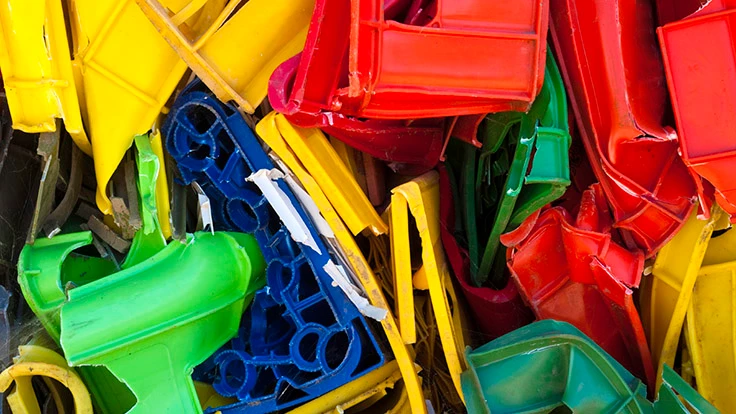
A recent study on the production,
The journal Science Advances has published a study titled “Production, Use and Fate of All Plastics Ever Made” by Roland Geyer, Jenna R.
According to the study, 8,300 million metric tons of virgin plastics have been produced to date. As of 2015, approximately 6,300 million metric tons of plastic waste had been generated. Of that amount, the study estimates that only 9 percent has been recycled, 12 percent was incinerated and 79 percent was accumulated in landfills or the natural environment. According to the study, if current production and waste management trends continue, roughly 12,000 million metric tons of plastic will be in landfills or in the natural environment by 2050.
Steve Russell, vice president of plastics for the American Chemistry Council’s Plastics Division, issued the following statement in response to the study:
“America’s plastics makers welcome this new look at global production, use and management of used plastics, and we look forward to continuing discussions on why plastics use is growing and how these advanced materials contribute to our safety,
“Demand for plastics has grown in parallel with population growth, particularly in parts of the world where large numbers of people are rapidly moving out of poverty. Perhaps more to the point, even as plastics’ use continues to increase, plastics are helping to significantly lower environmental impacts. That’s because plastics are extremely efficient materials that allow us to do more with less in everything from medical devices to electronics to buildings to transportation.
“A study conducted by Trucost in 2016 found that plastics help reduce environmental costs by four times compared to alternatives. In packaging, for example, plastics enable significant environmental benefits, including reductions in energy use, greenhouse gas
“All of us have an obligation to use materials—including plastics—as efficiently as possible, to use them wisely and to recycle and recover as much as we can. Many experts agree that expanded waste management infrastructure is the key to addressing sustainable use of these resources.”
Russell says plastics manufacturers are partnering with nongovernmental organizations,
Russell adds, “Lightweight plastics offer significant environmental benefits throughout the life cycle of many products and packages, but we fail to maximize those benefits if we don’t manage these resources after we use them.”
Latest from Recycling Today
- Orion ramping up Rocky Mountain Steel rail line
- Proposed bill would provide ‘regulatory clarity’ for chemical recycling
- Alberta Ag-Plastic pilot program continues, expands with renewed funding
- ReMA urges open intra-North American scrap trade
- Axium awarded by regional organization
- Update: China to introduce steel export quotas
- Thyssenkrupp idles capacity in Europe
- Phoenix Technologies closes Ohio rPET facility





